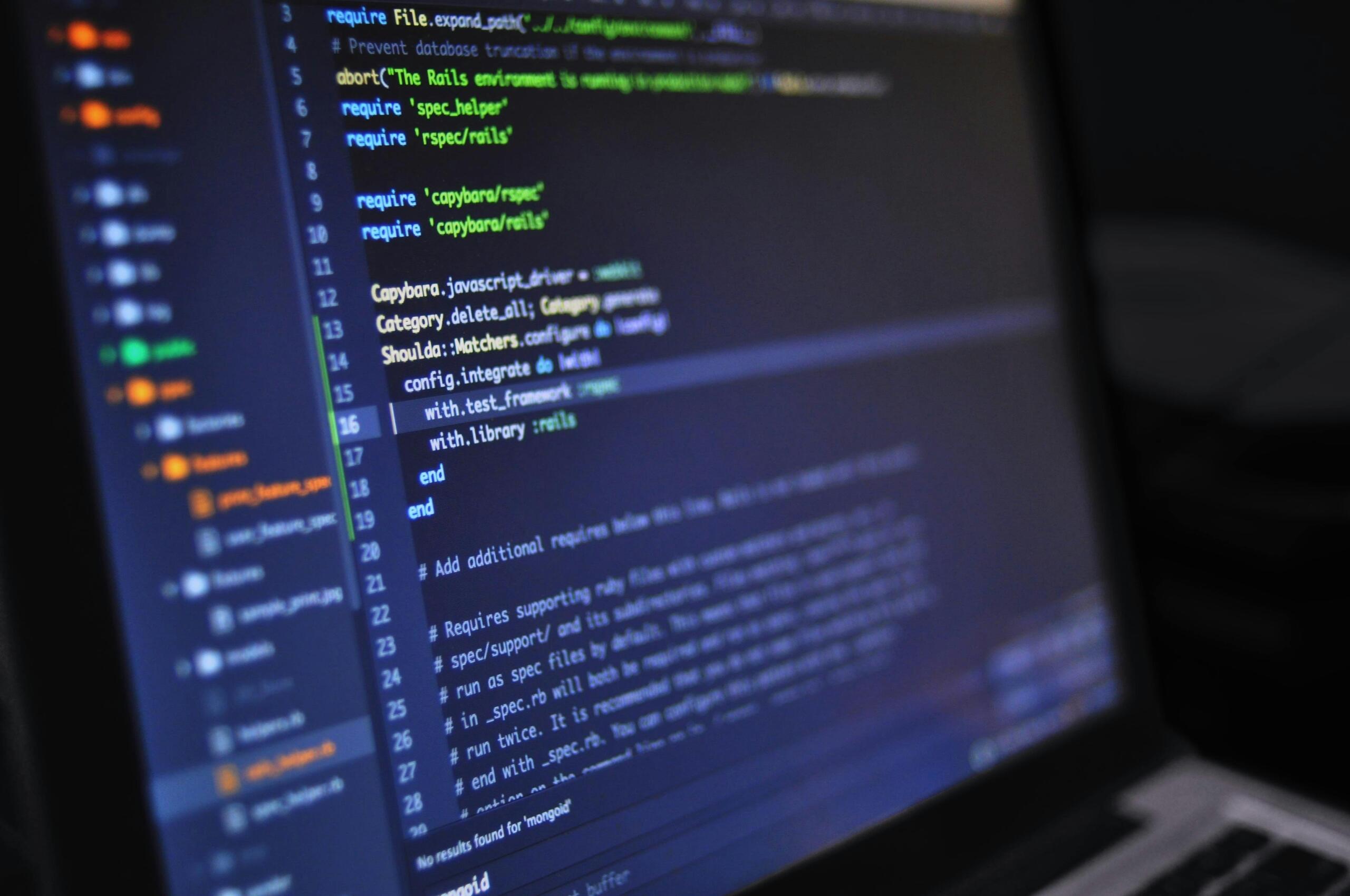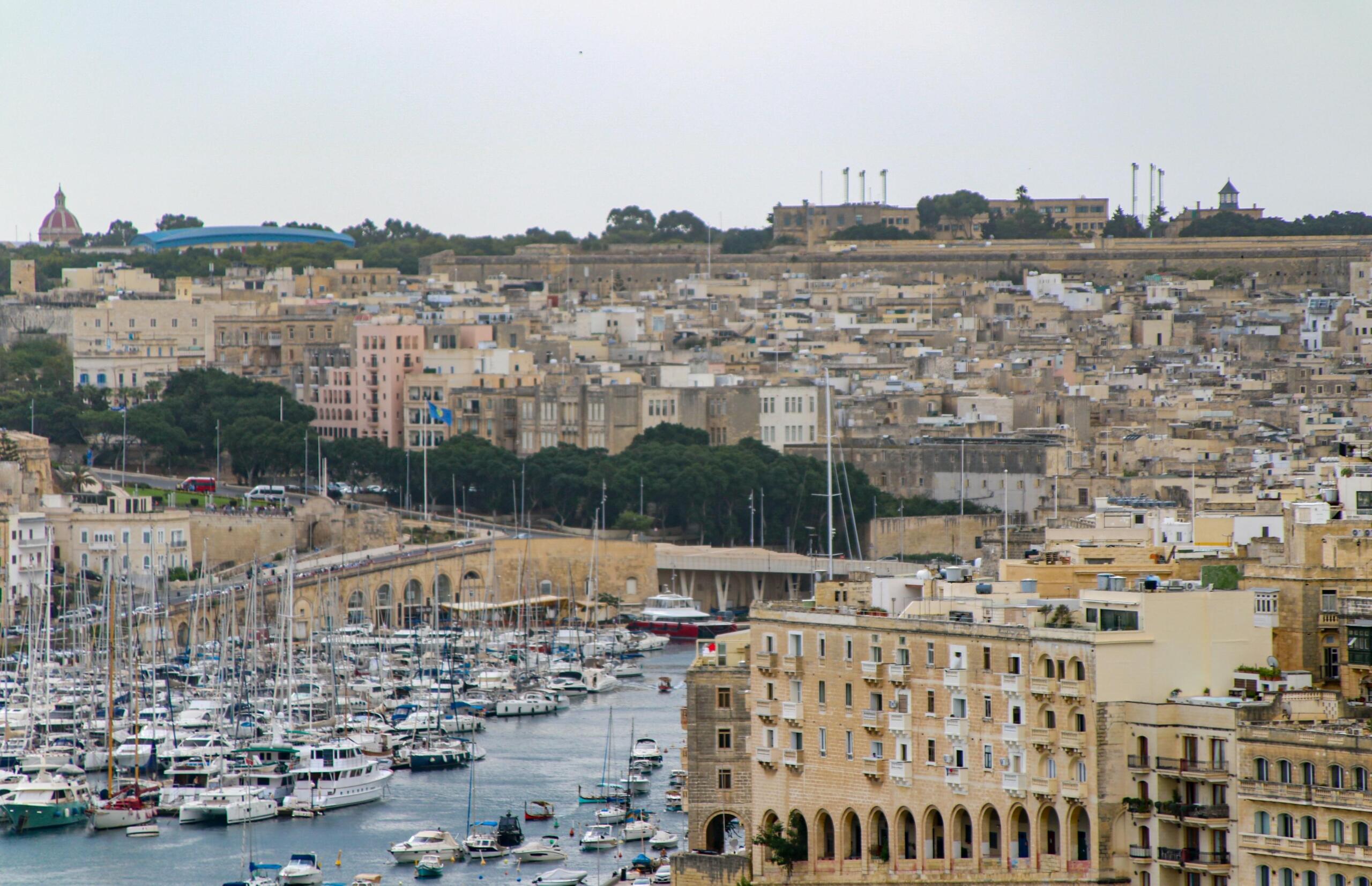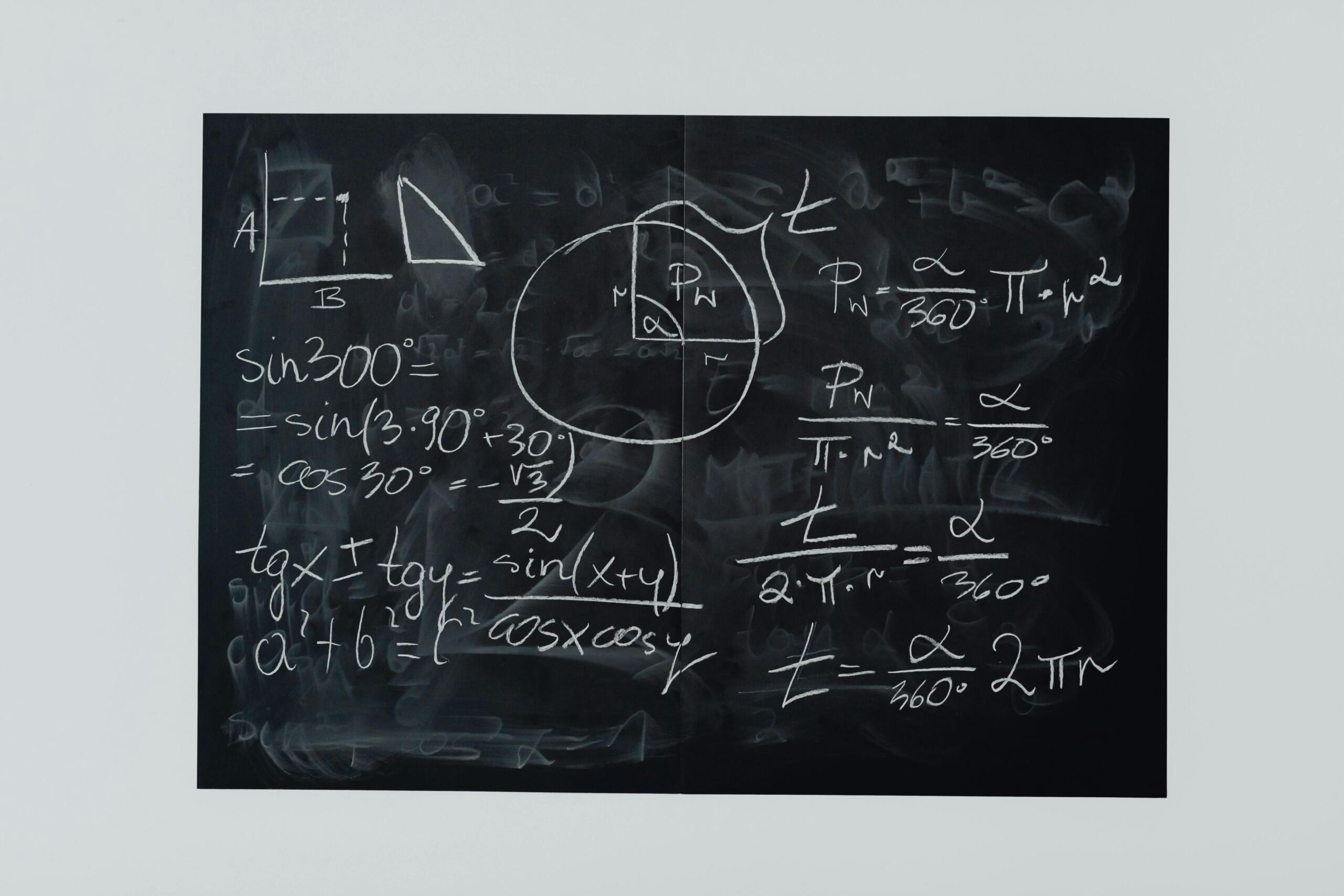Few subjects hand you a toolkit as broad as mathematics. If you’re weighing up how to study maths in a compact, English-speaking EU country, Malta offers clear routes from sixth form to degree level, with qualifications mapped against the European framework for easy mobility. Whether you lean into pure theory, modelling, data, or a crossover with computing and finance, you’ll develop habits of analysis employers recognise across sectors.
This guide helps you decide if, where, and how to study maths in Malta—what programmes look like, who they suit, how entry works, and which choices set you up for later study or employment. Because English is the language of instruction at the University of Malta, international applicants normally show proficiency via an approved test; you’ll find those requirements and the study-work rules near the end.
📘 The University of Malta, established in 1592, is one of the oldest universities in the Commonwealth and offers all mathematics degrees fully in English.

Studying Mathematics at Maltese Universities
Mathematics in Malta isn’t boxed into “maths-only” degrees. It underpins engineering, ICT, finance, logistics and the natural sciences, so you’ll meet substantial maths content across faculties. A typical BSc loads compulsory study-units into Years 1–2, then opens out in Year 3 so you can deepen one strand through a specialised stream. Shared foundation first, targeted options later, that rhythm lets you build breadth before you choose your lane.
Typical topics you’ll cover include:
- Algebra; calculus (differential, integral, multivariable); linear algebra
- Probability and statistics; data analysis; numerical methods
- Discrete mathematics, graph theory, combinatorics
- Mathematical modelling; computational foundations; programming
- Geometry; vector and coordinate methods; real and complex analysis
Many programmes add optional units, group projects, or an independent study component. Mobility windows or short exchanges sometimes fit without breaking minimum maths-credit thresholds. Check the current programme page for the latest unit list and rules.

Malta’s Reputation and Recognition
Malta’s higher education system uses the Malta Qualifications Framework (MQF), referenced to the EQF. In practice, a Maltese Level 6 bachelor sits transparently on a wider European map of levels, making it easier for universities and employers elsewhere to read your achievement. Recognition of international school-leaving credentials is handled through institutional admissions with support from the MFHEA and its recognition arm, the Malta Qualifications Recognition Information Centre (MQRIC). That comparability work helps when you later apply for internships, conversion courses or research funding around Europe.
Selecting the Right University Maths Course
Start with the destination: picking your math degree university. Do you want proof-heavy theory, data and programming, or modelling and computation—and in what mix? Then shortlist on four axes:
- Course content & specialisations: which streams or electives actually run, not just appear in a brochure.
- Entry requirements & recognition: the subjects/grades you need, and how non-local awards are compared.
- Language & readiness: how you’ll demonstrate English and whether to refresh calculus, linear algebra and coding before arrival.
- Costs & time: tuition, materials, accommodation, and residence-permit steps if you’re a non-EU applicant.
Picture your “graduated self”. Want proof fluency, optimisation, statistical inference, numerical simulation—or a blend? Let that image steer your stream choices, projects and internships.

Undergraduate and Postgraduate Maths Programmes
Coming straight from sixth form or an equivalent pathway, your main route is an undergraduate degree such as a BSc (Honours) in Mathematics. Years 1–2 carry a common core—analysis, algebra, probability, linear algebra, numerical methods, computational foundations. In Year 3 you select a stream and shape a capstone or final-year project. Postgraduate pathways include taught MSc programmes in applied mathematics or statistics/data and research routes if you’re specialising or preparing for doctoral work.
Titles vary: some are “Mathematics”, others pair maths with physics, computing, banking and finance, or philosophy. Your study-units define the transcript profile, so plan the skill stack you want to show. A classic flow is core real analysis and algebra by Year 2, then a third-year stream plus a project that demonstrates independence, technical writing and problem-solving.
Application Process in Malta
Unlike the UK’s UCAS, Maltese universities generally handle applications directly. Expect to submit your academic record, required subjects at the right level, a personal statement, and proof of English. Advanced/Pure Mathematics at upper-secondary level (or an accepted equivalent) sits at the centre; physics or computing can be recommended depending on the pathway. International applicants have credentials compared against MQF/EQF levels; where relevant, recognition advice runs via MFHEA/MQRIC.
Intakes usually start in October. Apply early if you need visas and residence paperwork. Prepare certified transcripts, translations if needed, and current test results. In your statement, make the case: why mathematics, why this programme, and how you’ve prepared—projects in numerics, statistics or combinatorics work well as evidence.
💡 Malta’s Mathematics BSc lets students specialise in streams such as Applied Mathematics, Graph Theory & Combinatorics, Functional Analysis & Topology, and Biomathematics in their final year.
Programme Types You’ll Encounter (with examples)
- Pure Mathematics — analysis, algebra, topology, number theory; strong emphasis on proofs and abstraction.
- Applied Mathematics — modelling, differential equations, optimisation, asymptotics, scientific computing for real-world systems.
- Statistics & Data — probability, inference, regression, time series, stochastic processes, data analysis and visualisation.
- Computational Mathematics — algorithms, numerical linear algebra, PDE solvers, high-performance computing, programming.
- Operational Research — decision analytics, simulation, queuing, scheduling, logistics optimisation.
- Mathematical Physics — methods at the interface of physics and mathematics, from classical mechanics to quantum topics.
- Financial/Actuarial — stochastic calculus, risk modelling, derivatives, portfolio mathematics, solvency frameworks.
- Mathematical Biology — modelling populations, epidemics, biochemical networks; parameter estimation and simulation.
- Maths + X — joint/combined routes pairing mathematics with computing, physics, chemistry or philosophy.
Labels differ by institution, but the clusters are familiar worldwide. Read unit descriptors and compare assessment styles—proof assignments, problem sheets, labs, code, projects—so the programme matches how you learn.


Where Can You Study for a Maths Degree in Malta?
Malta’s higher-education landscape is compact. Most maths degrees in Malta are delivered at the public University of Malta; MCAST offers maths-heavy applied routes; AUM provides English-taught programmes. Before you choose, confirm the provider and programme on MFHEA’s register or the Malta Qualifications Database, then check current pages for streams, entry and English details.
University of Malta (UM)
UM is Malta’s public research university and the main destination for degree-level mathematics. Instruction is in English; overseas entrants typically meet the requirement with an accepted test (UM also offers its ISET option). The degree concentrates compulsory study-units early, then moves to third-year streams—Applied Mathematics, Graph Theory & Combinatorics, Functional Analysis & Topology, Biomathematics—with projects that build communication as well as technique.
Across Years 1–2 you’ll take compulsory units in analysis, algebra, probability, discrete mathematics and numerics. Year-3 streams let you specialise: Applied (modelling and differential equations), Graph Theory & Combinatorics (structures and optimisation on networks), Functional Analysis & Topology (modern analysis), Biomathematics (modelling living systems).
Malta College of Arts, Science & Technology (MCAST)
MCAST delivers applied, MQF-mapped tertiary routes where mathematics anchors engineering, aviation maintenance, ICT and other technical fields. For hands-on, industry-aligned study, these routes can be a bridge into work or a stepping-stone toward further study. Programmes indicate MQF levels and credits so you can plan staged progression.
American University of Malta (AUM)
AUM is a licensed private institution with English-taught undergraduate degrees and published minimums for language proficiency (for bachelor’s entry, IELTS 6.0 or recognised equivalents). Verify programme prerequisites and the current English thresholds before you submit.
How to Strengthen Your Application
Selective programmes read past the minimums. Show mathematical maturity: olympiad-style problems, a small modelling or data project, or a neat code notebook that demonstrates numerical methods with clear exposition. In your statement, connect interests to the stream you want—optimisation for logistics, stochastic modelling for finance, graph theory for networks. Build steady study habits now: spaced practice, interleaving, timed sets on past styles.
Set a weekly rhythm that mixes problem sets with short concept summaries. After each block, write a half-page “lesson learned” in your own words. Rebuild a compact formula sheet from memory; if it won’t come, revisit. Join a study group and explain a lemma aloud to spot gaps. Stuck? Reduce the problem to a smaller case, draw, or probe edge conditions numerically.
If a specific topic keeps blocking your progress, a few one-to-one sessions with a Superprof tutor can help you unlock it quickly.
After Your Maths Degree in Malta
Graduates from Maltese institutions have a math degree and are looking for work. Most step into finance and accounting, data analytics, software and simulation, engineering, education and public-sector modelling. Others move on to master’s or doctoral work in Malta or elsewhere in the EU. Thanks to the MQF–EQF link, your qualification sits in a comparable European context, which supports mobility for further study or employment. Keep depth in your stream, but maintain a portable toolkit: linear-algebra fluency, optimisation, probability, scientific computing, clear technical writing.
and description
English, Visa, and Residence
Universities in Malta publish minimum English thresholds for undergraduates; UM lists IELTS 6.0 overall for UG and accepts SELT results within stated timelines. UM also offers the International Student English Test (ISET) as a route to demonstrate proficiency.
Non-EU nationals on courses exceeding ninety days apply for the appropriate visa and, on arrival, an e-Residence permit. Malta permits part-time work up to 20 hours per week after the first three months of study, subject to Jobsplus licensing and sector conditions. Useful, but plan finances first.

Prepare Yourself for a Maths Degree
Three prep moves pay off. First, refresh calculus and linear algebra beyond rote methods: convergence, rank–nullity, eigen-problems, multivariable optimisation with constraints. Second, sharpen mathematical writing—state assumptions, annotate steps, and summarise proofs in your own words. Third, build computational habits: short scripts for numerical integration, random-variable simulation, algorithm benchmarks—then compare outputs with theory to calibrate intuition.
A 4-Week Ramp-Up Plan (before your first semester)
- Week 1 — Foundations refresh: algebraic manipulation, limits, derivatives, integrals, vectors, matrices, complex numbers; ten short exercises per day, checked against definitions.
- Week 2 — Proofs and rigour: direct proofs, contrapositive, contradiction, induction; rewrite two textbook proofs, then a fresh problem set without hints.
- Week 3 — Computation and coding: numerical integration, root finding, random-variable simulation; compare analytical approximations with computed results.
- Week 4 — Synthesis: a mini-project—fit a model to a small dataset or analyse a graph; short report with method, results, and a reflection on limits.
Document cleanly. A tidy notebook or repo becomes credible evidence of readiness when you apply or interview for projects.
Common Mistakes to Avoid
- Pattern memory over definitions: proofs collapse without precise statements.
- Black-box computation: validate with simple cases before trusting outputs.
- Skipping reflection: write what each theorem actually says—and where it fails.
- Messy notation: small slips cause big errors under time pressure.
Which area of mathematics would you most like to study in Malta?














